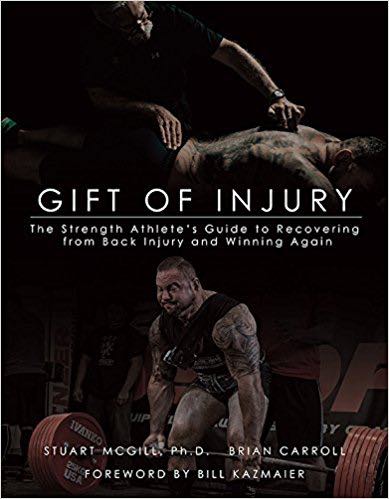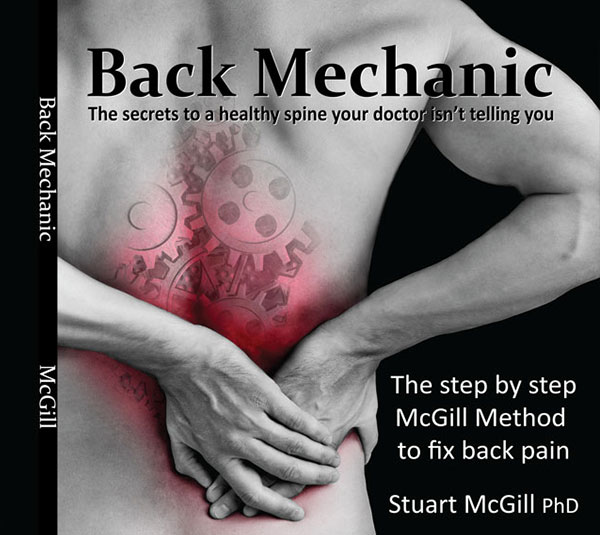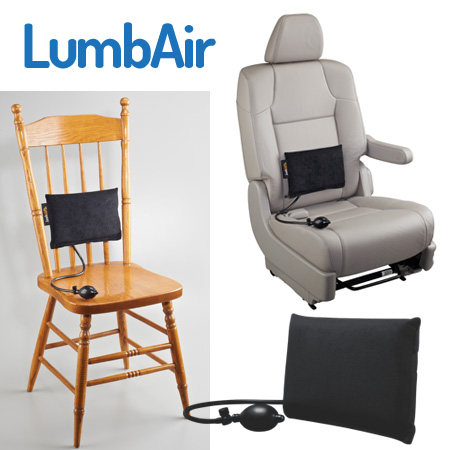30 Oct Client Testimonial: Andrea’s Pain-Free Return to Strength Training
Rebuilding the Spine
One of the most rewarding parts of what I do is helping people return to the activities they love after dealing with debilitating back pain. Today, I want to highlight the progress of my client, Andrea, who came to me with a disc bulge that was significantly impacting her S1 nerve root. Nine months later, she’s pain- and symptom-free, back under the bar, and building muscle with confidence. This is exactly what happens when you follow a smart, methodical process instead of rushing back into heavy training before the spine is ready.
Identifying the Cause of Pain
When I first start with a client, the goal is simple: identify the mechanism of pain. With Andrea, the issue wasn’t mysterious — but it required discipline. We had to modify her daily movement patterns, improve spine hygiene, and remove the triggers that continued to irritate the disc and the nerve root. That’s always step one. Until you remove the cause, nothing truly resolves.
Building Capacity Without Triggering Symptoms
Once symptoms calmed down, we shifted into the capacity-building phase. Contrary to what some people think, not everyone I work with is a powerlifter. In fact, most clients just want to be strong, lean, and functional. Andrea was no different. She wanted to build her glutes, tighten her midsection, develop her shoulders, and continue training — without getting hurt again.
We started with staples like the McGill Big 3, performed in variations that allowed her to maintain proper stiffness and endurance. Yes, her cat makes a cameo in the video — apparently, it’s time for the cat to shut up and squat.
From there, we added banded clamshells, modified PNF squats, tibialis raises to strengthen the anterior lower leg, and calf raises. None of these exercises are flashy, but they’re extremely functional and build a foundation that protects the spine.
Strengthening the Posterior Chain
To support her return to barbell training, we implemented partial hamstring curls to improve balance, tension, and symmetry. Standing on one leg forces the opposite side to stabilize, working the hamstrings, adductors, and abductors. We then moved into split squats in a piston style, maintaining tension in the front leg, gripping the floor, and driving blood flow to the glutes, hamstrings, and quads.
Every choice here had a purpose: to develop the muscular armor that protects the spine.
Returning to the Barbell — Pain-Free
After months of consistent work and progressions, we gradually reintroduced sumo deadlifts. Her glutes thickened, her hamstrings developed, and she continued to improve without symptoms. From there, we added front squats, a goal she wanted to get back to. We started slowly, adding weight only as her capacity allowed. No ego lifting. No rushing.
This is where most lifters fail — they jump the gun. Rebuilding the spine is a slow burn. You earn the right to get under the bar again.
The Result: Stronger, Leaner, and Symptom-Free
Nine months later, Andrea is:
- Pain-free
- Confidence-driven
- Rebuilding muscle
- Training intelligently
- Living without limitations
She’s the perfect example of how consistent effort pays off. When you identify the cause, commit to daily spine hygiene, and rebuild capacity intelligently, the results speak for themselves.
Not Just Powerlifters
Some people still think I only work with elite powerlifters. That’s simply not true. I train:
- Office workers with chronic back pain
- Athletes rebuilding capacity
- Lifters who want to look good and feel better
- Men and women just trying to stay strong and fit
Everyone should strength train. Muscle protects the spine. Smart training builds resilience. It’s that simple.
Final Thoughts
If you’re dealing with back pain that is affecting your everyday life, get assessed, stop triggering symptoms, and start rebuilding intelligently. Andrea’s success isn’t luck — it’s discipline, consistency, and smart coaching.
If you’d like guidance, I offer:
Huge congratulations to Andrea for trusting the process, working hard, and staying consistent. This is what rebuilding the machine looks like.










Sorry, the comment form is closed at this time.